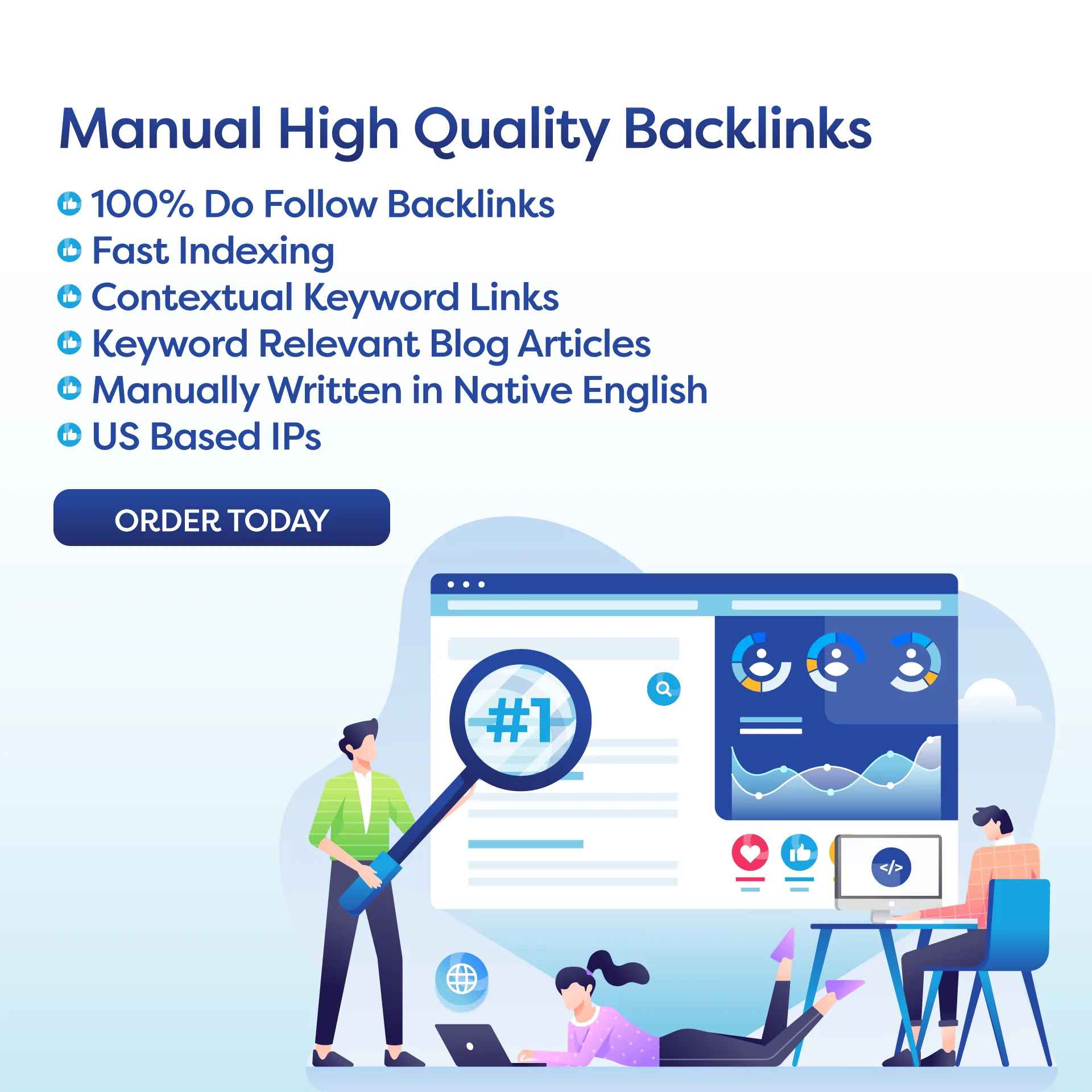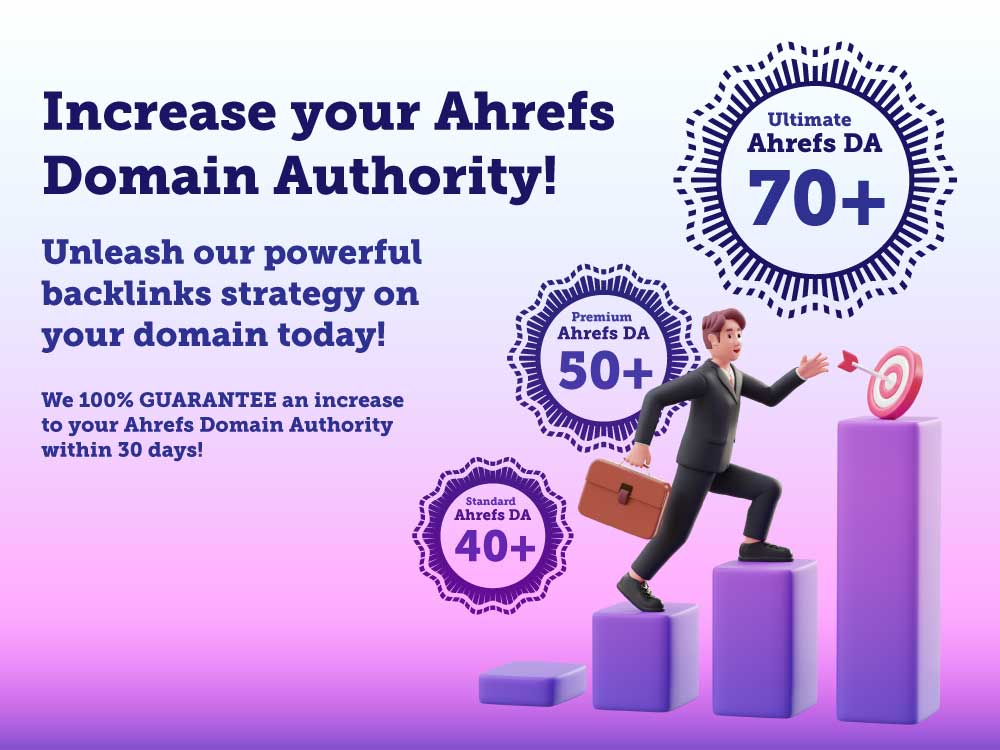Recovering from a backlink penalty can be challenging but with the right strategies and tips, it is possible. Understanding the root cause of the penalty, conducting a thorough backlink audit, removing toxic links, building high-quality backlinks, and monitoring your backlink profile are key steps to recover from a backlink penalty. It is important to focus on creating valuable content, reaching out to webmasters to remove harmful links, and using tools to monitor your backlink profile regularly. By following a strategic approach and staying proactive, you can successfully bounce back from a backlink penalty and improve your website’s rankings.
Excerpt: Recover from Backlink Penalty with Expert Strategies and Tips.
Introduction:
SEO beginners, are you struggling to recover from a backlink penalty? Don’t worry, you’re not alone. Backlink penalties can be a daunting hurdle to overcome, but with the right strategies and tips, you can bounce back stronger than ever. In this article, we will dive into the world of backlink penalty recovery, exploring key tactics and techniques to help you reclaim your website’s lost rankings.
Key Takeaways:
1. Understand the root cause of the backlink penalty
2. Conduct a thorough backlink audit
3. Remove toxic backlinks and disavow them
4. Focus on building high-quality backlinks
5. Monitor and track your backlink profile regularly
Key Takeaways Breakdown:
1. Understand the root cause of the backlink penalty
– Subheadings: Google algorithm updates, manual actions
– When faced with a backlink penalty, the first step is to understand why it happened in the first place. Google algorithm updates and manual actions are common reasons for backlink penalties. Algorithm updates can disrupt your website’s rankings, while manual actions are imposed by Google’s human reviewers for violating their guidelines. By identifying the root cause, you can tailor your recovery strategy accordingly.
2. Conduct a thorough backlink audit
– Subheadings: Tools for backlink analysis, identifying toxic backlinks
– A thorough backlink audit is essential to pinpoint the toxic links that are harming your website’s SEO performance. Utilize tools such as Ahrefs, Moz, or SEMrush to analyze your backlink profile and identify low-quality or spammy links. Once you have identified these toxic backlinks, you can take steps to remove or disavow them to improve your site’s credibility in the eyes of search engines.
3. Remove toxic backlinks and disavow them
– Subheadings: Manual outreach, disavow tool
– Removing toxic backlinks is a critical step in backlink penalty recovery. Reach out to webmasters requesting the removal of harmful links pointing to your site. If your efforts are unsuccessful, use Google’s Disavow Tool to disavow these links, signaling to search engines that you do not want them to be taken into account when assessing your site’s authority. By cleaning up your backlink profile, you can protect your website from future penalties.
4. Focus on building high-quality backlinks
– Subheadings: Guest posting, outreach, content marketing
– Building high-quality backlinks is key to strengthening your website’s SEO performance and recovering from a backlink penalty. Focus on creating valuable, relevant content that attracts natural backlinks from authoritative websites in your niche. Explore guest posting opportunities, engage in outreach to industry influencers, and leverage content marketing strategies to earn quality backlinks that enhance your site’s credibility and visibility in search results.
5. Monitor and track your backlink profile regularly
– Subheadings: Backlink monitoring tools, setting up alerts
– Once you have implemented your backlink recovery strategy, it is crucial to monitor and track your backlink profile regularly. Use backlink monitoring tools like Monitor Backlinks, Linkody, or Google Search Console to keep tabs on new backlinks pointing to your site and identify any potential issues that could lead to another penalty. Setting up alerts for changes in your backlink profile will help you stay proactive in maintaining a healthy link profile.
Action Plan:
1. Conduct a comprehensive backlink audit using SEO tools to identify toxic backlinks.
2. Reach out to webmasters to remove harmful links and disavow them if necessary.
3. Focus on creating high-quality content that attracts natural backlinks from authoritative websites.
4. Monitor your backlink profile regularly and address any issues promptly to prevent future penalties.
Conclusion:
Recovering from a backlink penalty requires a strategic approach and dedication to improving your website’s link profile. By understanding the root cause of the penalty, conducting a thorough backlink audit, removing toxic links, building high-quality backlinks, and monitoring your backlink profile, you can successfully bounce back from a backlink penalty and regain lost rankings. Stay proactive in managing your backlink profile to ensure long-term SEO success.
FAQ:
Q: How long does it take to recover from a backlink penalty?
A: The time it takes to recover from a backlink penalty can vary depending on the severity of the penalty, the effectiveness of your recovery strategy, and how quickly you address the issues in your backlink profile. In some cases, recovery can take weeks or even months.
Q: Can I recover from a backlink penalty without removing any links?
A: While it is possible to recover from a backlink penalty without removing any links, it is generally recommended to focus on removing toxic links and disavowing them to improve your site’s credibility and protect it from future penalties. Removing harmful links can have a positive impact on your site’s SEO performance.

